6 Sustainable Ways to Kill Weeds in a Flower Bed
Weeds in your flower beds, competing for water, nutrients, and light, are a real challenge.
Traditional methods like hand-pulling or herbicides might not always cut it. Some weeds scatter seeds upon removal, and others resiliently regrow from their extensive root systems after treatment.
Today we will reveal the 5 best ways to remove weeds and unwanted plants from your flower beds today!



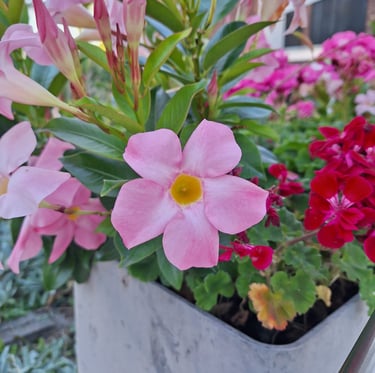


In This Article
Vinegar-based Solutions
Ground Covers
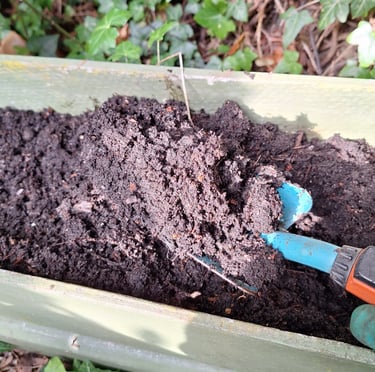

Can You Plant New Flowers After Using Weed Killers?
Can't wait to plant in a properly filled garden bed with no weeds? After removing countless weeds and planting new plants with multiple techniques, we concluded that 24 to 78 hours after application is the best depending n the killer.
For chemical variants, consider delaying a week or two. This wait ensures all residual effects diminish, protecting the health and growth of your new flowers.




Expert Tip: Although chemicals are effective and simple to apply, getting rid of weeds with them even if they are made out of natural materials is not on our recommendation list. There are other ways, try these five.


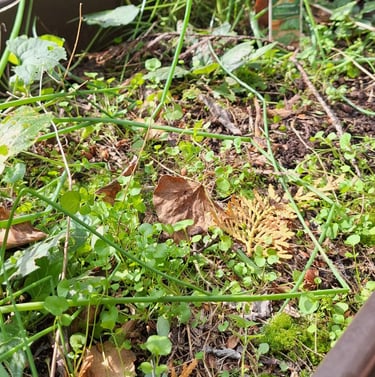

One of the most effective methods for naturally killing weeds in flower beds is through spreading mulch. Applying a layer of organic mulch, such as wood chips or straw, can suppress weed growth by blocking sunlight.
This method not only hinders weed germination but also enriches the soil as the mulch decomposes.
During our experiments, we also found that mulching helps retain moisture, which benefits your flowers while keeping unwanted plants and flowering weeds at bay.


Mulching for Weed Control


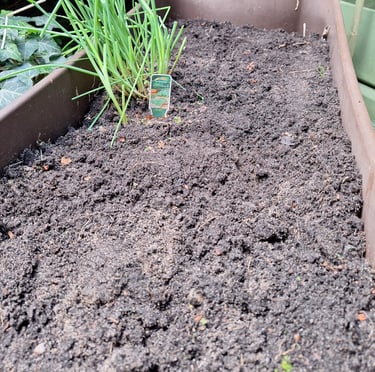

Boiling Water Technique
A simple yet powerful natural weed killer is boiling water. Pouring boiling water directly onto the weeds causes them to wilt and die quickly. This method is especially useful for targeting weeds growing in cracks or along the edges of flower beds. Be cautious to avoid your flowers, as boiling water can harm them too, but keep in mind that there are also weeds that look like grass.






Vinegar-Based Solutions
Vinegar weed killing is very effective for applying this method you need to create a solution with vinegar, water, and a dash of dish soap that can effectively kill weeds.
The acetic acid in vinegar desiccates the weeds, causing them to die. Spray this mixture carefully onto the weeds, avoiding contact with your flowers. Regular kitchen vinegar works, but higher acetic acid concentrations are more effective.



Hand Weeding
Hand weeding is a classic, environmentally friendly approach to get rid of garden plants, particularly weeds. Regularly removing weeds by hand ensures that your flower beds remain unharmed.
This method allows for precision and control, ensuring that only the unwanted plants are removed. Hand weeding is labor-intensive but offers a chance to closely monitor the health of both your flowers and soil.

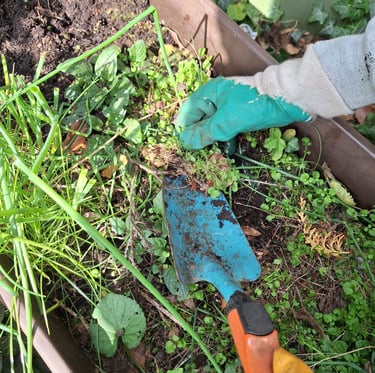




Read more about how to clean up a garden with weeds by hand.
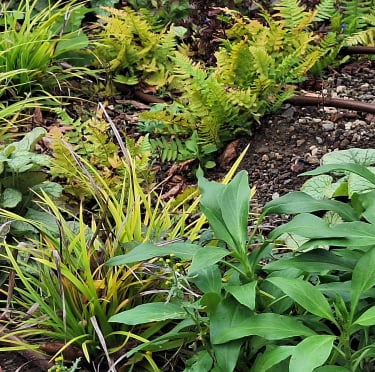

Cornmeal as a Pre-Emergent
Cornmeal acts as a natural pre-emergent herbicide. Sprinkling cornmeal over your flower bed inhibits weed seed germination. It's a preventative measure, so it's most effective before weed seeds begin to sprout. Cornmeal is safe for your flowers and adds organic matter to the soil as it decomposes.




You can completely prevent weeds from growing in your garden by implementing ground covers.


Planting Ground Covers
Similar to using cornmeal, utilizing ground covers in flower beds can naturally suppress weeds. Ground covers, like creeping thyme or sedum, form a dense mat that blocks weeds from receiving sunlight and space to grow. This method not only controls weeds but also adds diversity and beauty to your garden. But they can also make your garden feel more unnatural.
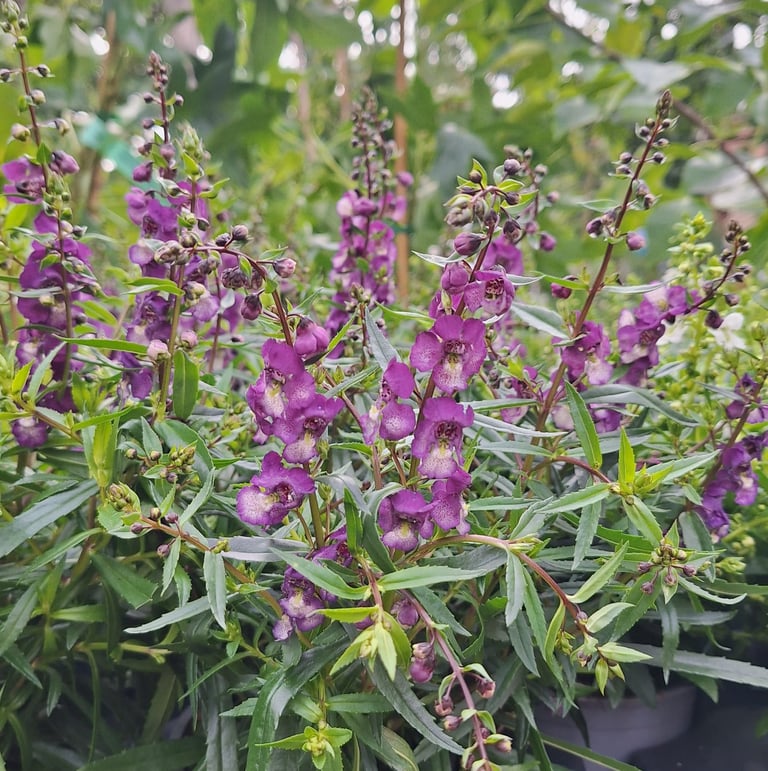





Sources
Nature and Sustainability uses only high-quality sources, including peer-reviewed studies to support the facts we describe in our articles. Please read our editorial policy to learn more about how we keep our content accurate, reliable, and trustworthy.
Planting Groundcovers: The Dos and Don'ts of Planting Ground Cover - Bob Vila
Kill Weeds with Vinegar: How to Use Vinegar to Kill Weeds on Walkways and Driveways (bhg.com)
Kill weeds with cornmeal: Cornmeal In Gardens - Using Cornmeal Gluten To Kill Ants And Weeds | Gardening Know How
Kill weeds with mulch: How to Control Weeds Naturally with Mulch (scotts.com)
Remove weeds by hand: A guide to weeding by hand | Love The Garden
Share this article:




Article By:
Calin has been studing plants and gardening for 5 years. He owns this website and is responsible for most of the content.
Reviewed By:


Florin, a more technical guy, is responsible for the design, reviewing the articles and making improvements, and optimizing for SEO so that everything we publish is deam good.

